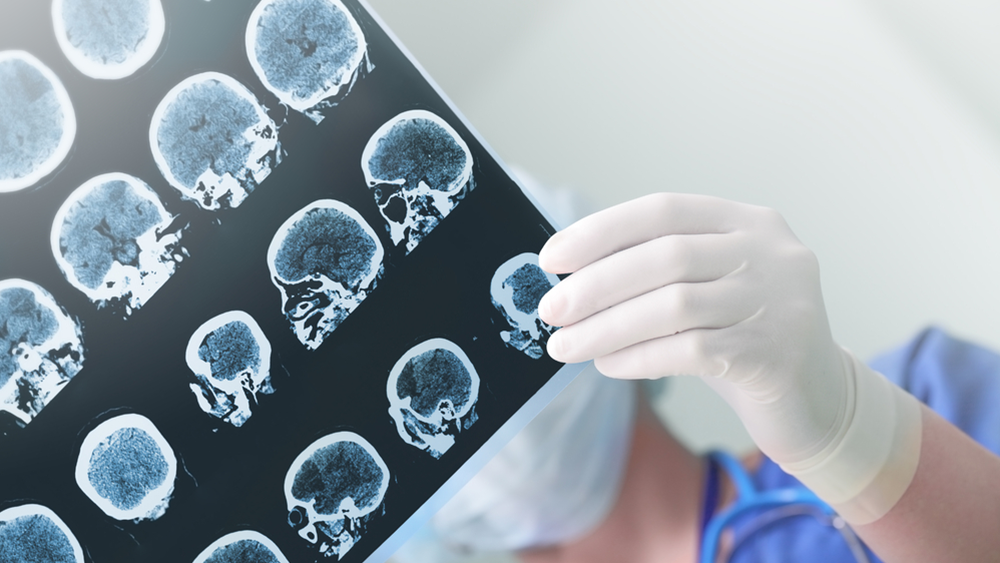
Epilepsy surgery is performed to either remove the brain area where seizures begin or stop the spread of seizure activity. It is a treatment option for people with seizures that are not controlled with medication. "Medically intractable seizures" are defined as persistent seizures despite trials of three or more antiepileptic drugs, alone or in combination. The goal of surgery is to to achieve better seizure control without causing loss of brain function.
Epilepsy surgery is a procedure to 1) remove the seizure-producing area of the brain or 2) limit the spread of seizure activity. Surgical results can be considered curative (stopping the seizures) or palliative (restricting the spread of the seizure). The type of surgery performed depends on the type of seizures and where they begin in the brain.
Types of epilepsy surgery:
Curative procedures are performed when tests consistently point to a specific area of the brain where the seizures begin
- Temporal lobectomy:is the most common type of surgery for people with temporal lobe epilepsy. It removes a part of the anterior temporal lobe along with the amygdala and hippocampus. A temporal lobectomy leads to a significant reduction or complete seizure control about 70% to 80% of the time [4, 5]. However, memory and language can be affected if this procedure is performed on the dominant hemisphere.
- Cortical excision:is the second most common type of epilepsy surgery. It removes the outer layer (cortex) of the brain at the seizure focus area. About 40% to 50% of patients have better seizure control.
- Hemispherectomy:nvolves the removal of the brain's outer layer (cortex) and anterior temporal lobe on one half of the brain. It is usually performed in children who suffer intractable seizures, have a damaged hemisphere, and experience weakness on one side of the body. Surgery may control seizures for nearly 80% of these patients.
Palliative procedures are performed when a seizure focus cannot be determined or it overlaps brain areas critical for movement, speech, or vision.
- Corpus callosotomy:prevents the spread of generalized seizures from one side of the brain to the other by disconnecting the nerve fibers across the corpus callosum. During surgery the anterior two thirds of the corpus callosum is sectioned.
- Multiple subpial transections:create small incisions in the brain to interfere with the spread of seizure impulses. This technique is used when the seizure focus is located in a vital area that cannot be removed. It may be used alone or in combination with a lobectomy.